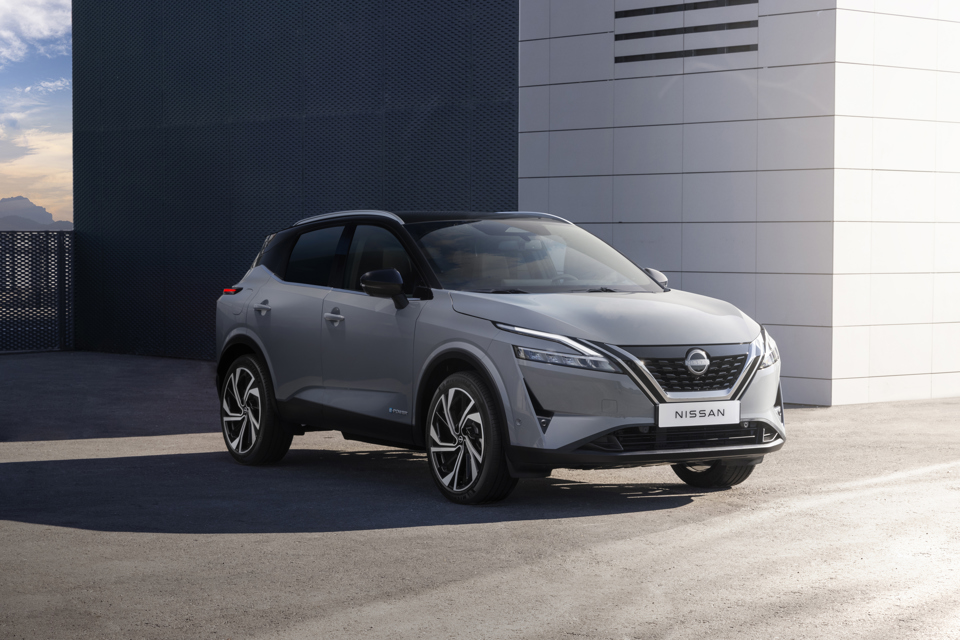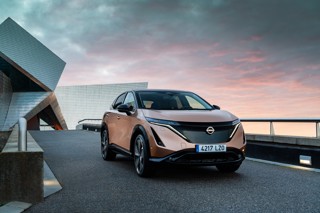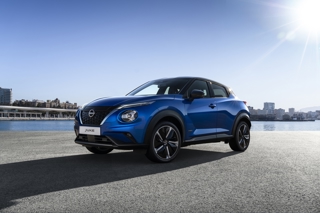Nissan has introduced a new hybrid powertrain for the Qashqai, which promises greater efficiency and lower CO2 emissions.
The Qashqai e-Power utilises a new 1.5-litre three-cylinder engine but, unlike in regular hybrids, the petrol-powered unit is only used to generate electricity. A 190PS electric motor is used to provide drive to the wheels.
This setup means the Qashqai e-Power drives like an electric car, with a linear power delivery. A battery is used to store residual power to support the engine during periods of high load.
It uses variable compression technology, developed specifically for this application. First used by Nissan’s premium brand Infiniti, the engine’s variable compression capability is a unique feature in an internal combustion engine and allows it to adjust compression ratio, giving both optimum performance and economy depending on the engine load.
During low power demand scenarios – such as constant speed with a good state of charge in the battery - the compression ratio will be at the higher range which optimises consumption and emissions. Under high demand for power, to charge the battery or supply power directly to the motor, a lower compression ratio will be activated which will maximise the engine’s power output. Nissan claims the transition between differing compression ratios is seamless, with no input required from the driver.
“With Nissan’s bold e-Power technology, we feel that customers will fall in love with the feeling of an electric powertrain, without the range concerns.
“It’s a powertrain which they will enjoy driving and represents an excellent option to be greener in their day-to-day life. Overall, the Qashqai e-Power will appeal to drivers who aren’t yet ready for a pure EV in their lives, but do want to be more eco-conscious and enjoy the fun-to-drive EV-feeling day to day,” said Arnaud Charpentier, region vice president for Product Strategy and Pricing, Nissan AMIEO region.
To ensure the driving experience gives a “connected” sensation, where the petrol engine speed remains relative to the Qashqai’s road speed, engineers developed a system called “Linear Tune”. This feature progressively increases the speed of the 1.5-litre engine to meet the motor’s energy demands as the car accelerates, ensuring there is no “disconnect” between what the occupants experience in terms of performance and sound.
Read our Nissan Qashqai first drive review, here.
Nissan says the new Qashqai e-Power emits 119g/km, although it is still pending final homologation. It states that the powertrain should deliver 53.3mpg. Currently, the most efficient Qashqai model is the 1.3-litre DIG-T Automatic, which emits 142g/km and achieves 44.9mpg.
The Qashqai e-Power will arrive in the UK in September, Prices start at £32,950.
> Interested in comparing electric vehicle data? Check out our EV tool.
> Interested in ensuring the efficient use of EVs. Check out our dedicated editorial sections: Insight & policy | EV news | Charging & infrastructure | Costs & incentives | Benefit-in-kind | EV case studies | EV road tests





















Login to comment
Comments
No comments have been made yet.